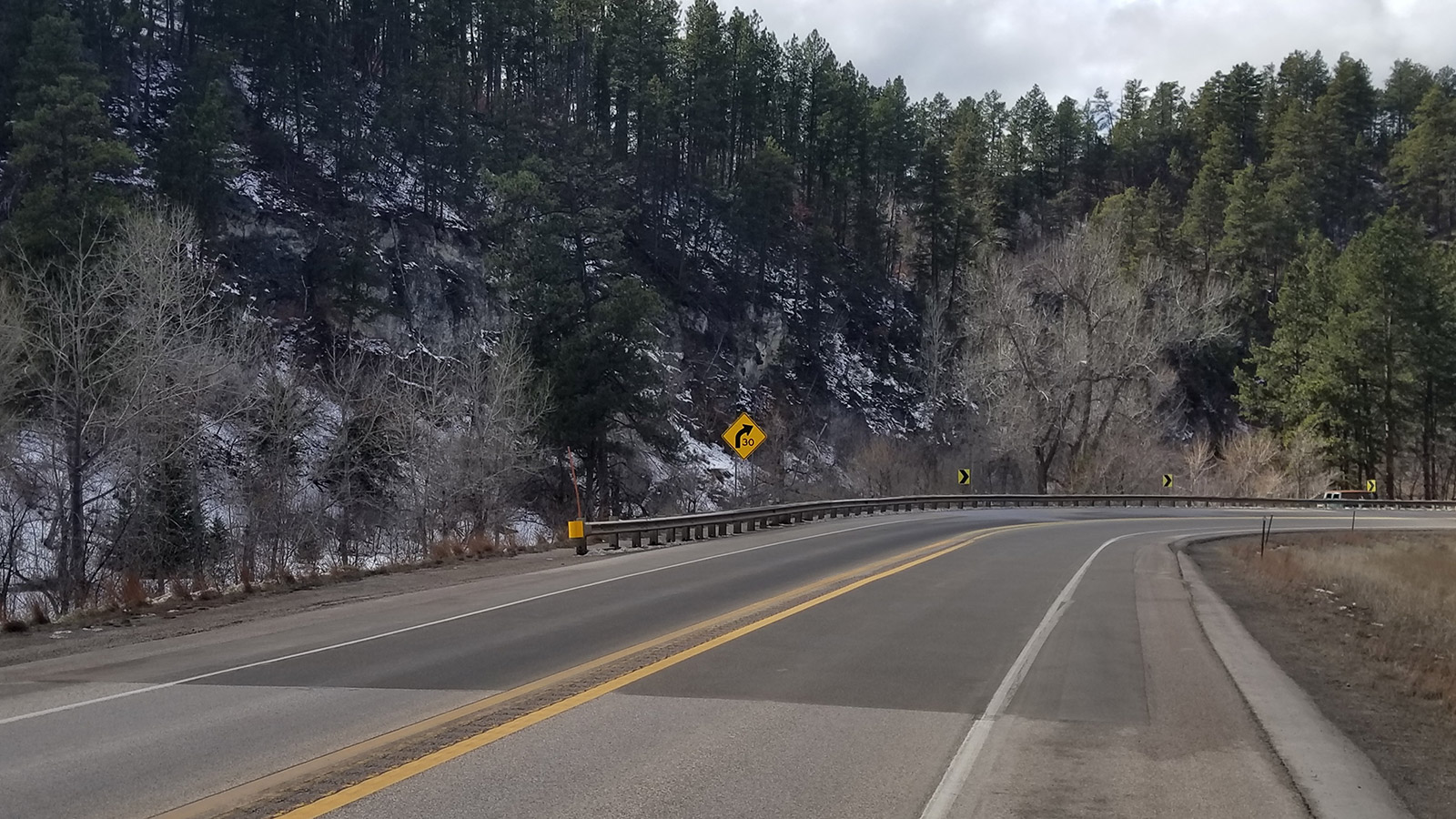Combining innovations improves disasterresponse and road safety
The North Carolina Department of Transportation (NCDOT) is pairing two Every Day Counts (EDC) innovations—weather-responsive management strategies and unmanned aerial systems (UAS)—to support its flood management efforts and make key decisions during disaster response.
NCDOT uses UAS for a variety of applications, including strategic situational awareness of infrastructure conditions, survey, and reconnaissance related to weather-related disasters. “This provides an understanding of what is happening on the ground, helping decision makers and leadership gain insight and information to make appropriate decisions on how to allocate resources and prioritize opening roads,” said Basil Yap, NCDOT’s UAS program manager.
The first time NCDOT used UAS to monitor a disaster was when Hurricane Florence struck in 2018. The agency deployed UAS to monitor flooding, road conditions, and traffic impacts. Flooding caused more than 2,400 road closures across the State, including multiday closures on Interstates 40 and 95.
In a week-long effort, 15 NCDOT UAS teams flew more than 260 missions and captured more than 8,000 photos and videos of damage and flooding left behind by the storm. Even after the storm ended, NCDOT’s UAS teams continued to assess flooded areas and provide updates, enabling the department to determine which roads were passable for the public and accessible to emergency responders.
NCDOT provided UAS-collected data, images, and video to Federal, State, and local agencies through an online dashboard. The information helped agencies make real-time decisions on providing emergency response, planning detour routes, assessing repair needs, and warning the public of potential dangers on roadways.
NCDOT also used traditional and social media to share information, including a tweet that went viral that showed a UAS-captured photo of what appeared to be a river stretching into the distance. “This isn’t a river, it’s a highway,” NCDOT said in its tweet encouraging travelers to avoid a flooded section of I-40.
—MORE INFORMATION
View a webinar on how UAS and weather-responsive management strategies can work together for flood management.
Read a Federal Highway Administration TechBrief on how agencies are using UAS to respond to flood emergencies.
Contact James Gray of the FHWA Office of Infrastructure or John Haynes of the FHWA Utah Division for information on UAS.
Contact David Johnson of the FHWA Office of Operations for information on weather-responsive management strategies.
Transportation agencies are installing high-friction surface treatments (HFST), an early EDC innovation, as part of their focus on reducing rural roadway departures (FoRRRwD) and saving lives. They’re also using project bundling to reduce costs on HFST projects.
HFST is a cost-effective safety countermeasure in which a polish-resistant aggregate such as calcined (heat-treated) bauxite aggregate is bonded to the pavement surface using a polymer resin binder to improve and maintain pavement friction, helping motorists keep better control in dry and wet driving conditions. HFST is used at locations with high risk for crashes—such as curves, ramps, and intersections—to reduce crashes and the related injuries and fatalities.
South Dakota experienced five times more lane departure crashes involving winter road conditions than wet roads, so the South Dakota Department of Transportation (SDDOT) evaluated HFST as a lane departure countermeasure on horizontal curves with crashes involving conditions such as ice, snow, and frost. With the help of Accelerated Innovation Deployment Demonstration funds, SDDOT conducted a pilot project on four curves, including two on rural U.S. 14A in the Black Hills area.
 The South Dakota Department of Transportation applied a high-friction surface treatment to reduce crashes at a curve on U.S. 14A
near Sturgis.
The South Dakota Department of Transportation applied a high-friction surface treatment to reduce crashes at a curve on U.S. 14A
near Sturgis.In the 5 years after the HFST application on one of the rural curves—U.S. 14A near Sturgis—no crashes have been reported, compared to 12 crashes during the 5 years before the HFST project. “For the total project, we’ve seen an 80 percent crash reduction, so we knew HFST was something we needed to use more,” said Andy Vandel, SDDOT highway safety engineer.
Because of the success of the pilot project, SDDOT expanded HFST to 15 locations—most on rural roads—that experienced crashes with winter road conditions as a contributing factor and saw a 66 percent crash reduction over 3 years. SDDOT has added HFST to its safety countermeasure toolbox and plans two HFST projects every other year, bundling them by region to obtain better pricing than for individual projects.
To reduce the number of wet pavement and lane departure crashes on curves, the Pennsylvania Department of Transportation (PennDOT) has installed HFST at about 500 locations statewide, including rural roads. PennDOT’s HFST contracts usually include multiple locations and are typically contracted as a districtwide or countywide bundle to ensure good prices.
A PennDOT crash data analysis of 47 locations from seven contracts where HFST was installed found that for an investment of just over $3 million, the return in reduced fatalities, injuries, and property damage was more than $8.5 million. Injury crashes at these locations went from 190 to 71, a 63 percent decrease, and fatalities dropped from eight to zero. “We’ve never applied a countermeasure before and had no fatalities at any location afterwards,” said Jason Hershock, PennDOT’s manager for safety engineering and risk management.
